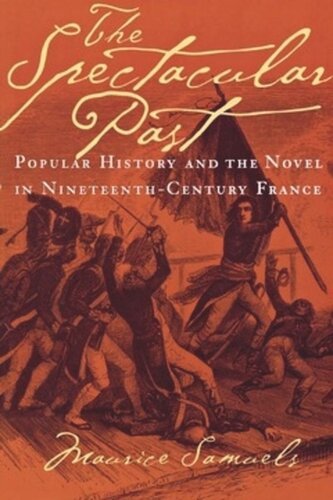

Most ebook files are in PDF format, so you can easily read them using various software such as Foxit Reader or directly on the Google Chrome browser.
Some ebook files are released by publishers in other formats such as .awz, .mobi, .epub, .fb2, etc. You may need to install specific software to read these formats on mobile/PC, such as Calibre.
Please read the tutorial at this link: https://ebookbell.com/faq
We offer FREE conversion to the popular formats you request; however, this may take some time. Therefore, right after payment, please email us, and we will try to provide the service as quickly as possible.
For some exceptional file formats or broken links (if any), please refrain from opening any disputes. Instead, email us first, and we will try to assist within a maximum of 6 hours.
EbookBell Team

4.7
26 reviewsStruggling to make sense of the Revolution of 1789, the French in the nineteenth century increasingly turned to visual forms of historical representation in a variety of media. Maurice Samuels shows how new kinds of popular entertainment introduced during and after the Revolution transformed the past into a spectacle. The wax display (in which visitors circulated amid life-size statues of historical figures), the phantasmagoria show (in which images of historical personages were projected onto smoke or invisible screens), and the panorama (in which spectators viewed giant circular canvases depicting historical scenes) employed new optical technologies to entice crowds of spectators. Such entertainments, Samuels asserts, provided bourgeois audiences with an illusion of mastery over the past, allowing them to picture their new role as historical agents.Samuels demonstrates how the spectacular mode of historical representation pervaded historiography, drama, and the novel during the Romantic period. He then argues that the early Realist fiction of Balzac and Stendhal emerged as a critique of the spectacular historical imagination. By investigating how postrevolutionary France envisioned the past, Samuels illuminates a vital moment in the cultural history of modernity.